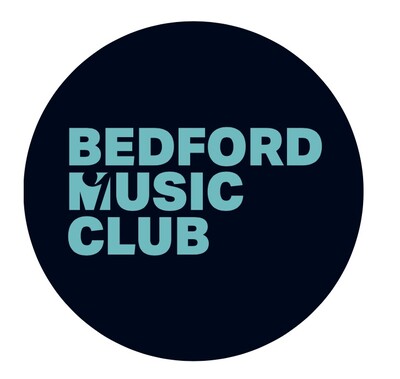MOBILE RED HEDGEHOG - Flipbook - Page 20

ZRI stands for ‘Zum rothen Igel’—the Red
Hedgehog, the Viennese tavern where Brahms
took his meals daily for the last fourteen years of
his life. In the days before the famous
Musikverein hall was built, ‘Zum rothen Igel’ was
also the name of the grand concert hall
connected to the tavern by a passage, where
Schubert and Beethoven had premiered their
works. Viennese taverns had a music of all their
own though, and Brahms was a particular
aficionado of the Hungarian ‘Gypsy-Bands’, who
were everywhere in the city. Their music was a
far cry from the elegant waltzes so often
associated with Vienna; Brahms’s
contemporaries described it as “primitive
wildness”, a “jingling, whistling, gurgling
clatter”, and Liszt—a major fan, as Brahms was—
memorably called it “a frightful uproar, as if
every possible sound or tone was crashing down
together”. Brahms had absorbed the style as a
teenager in Hamburg, drew on it directly for his
Hungarian Dances, and incorporated it at a deep
level in many other works, especially his soulful
clarinet quintet.
This concert presents the quintet rescored in its
entirety to embrace accordion and santouri and
interleaved with this high-energy traditional
music that was ever-present in the sensibilities
of its original audiences. Setting this this
romantic masterpiece back in this more earthy
context evokes a fin-de-siècle Viennese
soundworld that links Brahms not just back to
the classics but also forward to the avant-garde
of Klimt, Freud and Schönberg.